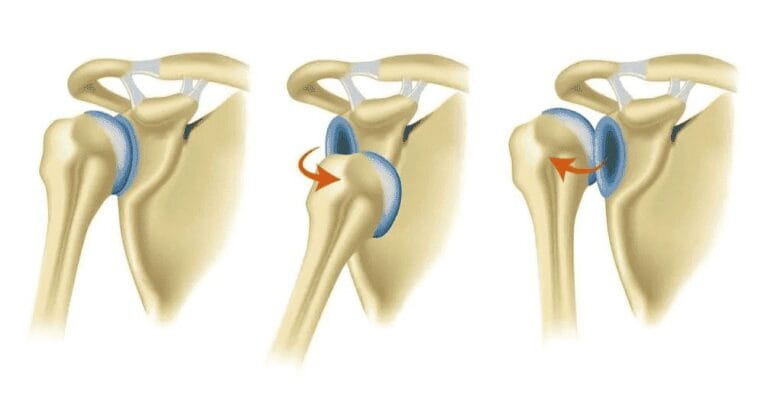The short answer from an orthopaedic surgeon
Q: What’s the difference between shoulder dislocation and subluxation?
A: Has your shoulder ever popped out of place? You feel the pop — and then the pain. Unfortunately, if this happens, you are more at risk for shoulder instability and re-injury, especially if you’re young and active.
In some cases, the ball at the top of your upper arm bone (humerus) may come out of the socket only partially — called “subluxation.” This means that your shoulder moves past the normal location on the socket but is not completely out of place.
When it pops out completely, it’s known as dislocation. Both injuries can cause pain, arm weakness and swelling.
Some dislocations spontaneously reduce, and it’s difficult to determine if they were subluxations or dislocations. Your doctor can use advanced imaging, such as an MRI, as well as conducting a thorough history and physical to help determine this.
A shoulder dislocation may stretch or tear surrounding ligaments, tendons and muscles. It may even bruise or damage the bone.
Both immediate medical treatment and follow-up care are important because tearing muscles or ligaments typically leads to shoulder instability, which makes it easier for your shoulder to pop out again.





